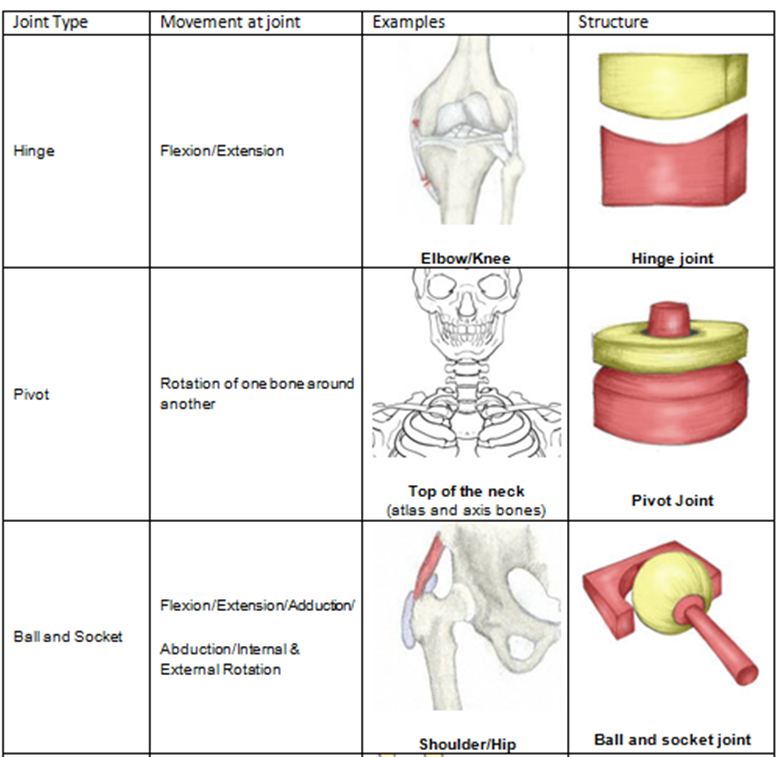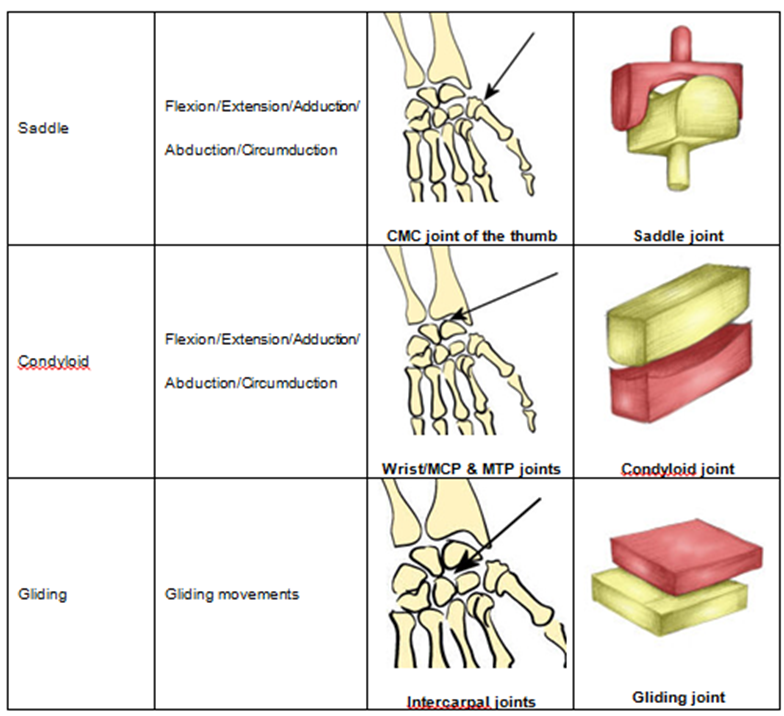This blog will teach you THREE clear facts about joints and joint types to ace your anatomy and physiology test with confidence.
You’ll discover:
- Why learning about Joints is important for your upcoming exam
- Three Facts about Joints and Joint Types
- How to learn with simplicity ready for your anatomy and physiology test
- Three Example Mock Questions about the Joints
Why learning about Joints is important for your upcoming anatomy and physiology test
Joints and Joint Types is one of 8 modules of content inside the Level 2 anatomy and physiology exam. It is notoriously claimed to be one of the hardest modules within the Level 2 Anatomy and Physiology test syllabus, so you are not alone if you find this area difficult to understand.
The good thing about learning joints is that it is an easy topic to learn, because we all have joints, and we can see them in motion on our own bodies.
Most Level 2 anatomy and physiology tests have 50 multiple choice questions, and over 90 minutes to complete the exam. You can expect 5-8 of these to relate to understanding joints and joint types.
Three Facts to Ace Your Anatomy and Physiology Test
Fact One: What is a Joint?
A joint is a point where two or more bones meet and there are 360 joints in the human body.
Fact Two: What are the three Joint Types?
A really important fact for passing your Anatomy and Physiology Test
There are three main types of joints; Fibrous (immovable), Cartilaginous (partially moveable), and Synovial (freely moveable) joints.
Fibrous joints
This type of joint is held together by only a ligament.
Examples are where the teeth are held to their bony sockets and at both the radioulnar and tibiofibular joints.
Cartilaginous
These joints occur where the connection between the articulating bones is made up of cartilage for example between vertebrae in the spine.
Synchondroses are temporary joints that are only present in children, up until the end of puberty. For example the epiphyseal plates in long bones.
Symphysis joints are permanent cartilaginous joints, for example, the pubic symphysis.
Synovial Joints
Synovial joints are by far the most common classification of joints within the human body.
They are highly moveable and all have a synovial capsule (collagenous structure) surrounding the entire joint. They also have a synovial membrane (the inner layer of the capsule) that secretes synovial fluid (a lubricating liquid), and cartilage which is known as hyaline cartilage and pads the ends of the articulating bones.
Fact Three: What are the 6 types of synovial joints?
There are 6 types of synovial joints that are classified by the shape of the joint and the movement available.
This table shows all 6 types of freely moveable (synovial joints in the body)
In summary
- A joint is where two bones meet
- There are three types of joints
- There are 6 types of synovial joints
Test your knowledge with today’s mock questions:
[NOTE: The answers are below the 3rd questions]
QUESTION 1: Which of the following joints are freely moveable?
A. Synovial
B. Fibrous
C. Cartilaginous
D. Tendons
QUESTION 2: Which of the following types of synovial joints can only do flexion and extension?
A. Ball and Socket
B. Hinge Joints
C. Saddle
D. Gliding
QUESTION 3: What type of joint is found at the thumb?
A. Pivot
B. Condyloid
C. Ball and Socket
D. Saddle Joint
What’s the CORRECT answer?
Answer
Answers to the mock questions are :
Question 1= A, Question 2 = B, Question 3 = D
If you want more mock questions like this, then you can download more Free Mock Questions: DOWNLOAD NOW
Need More Help with your Level 2 Anatomy Revision?
For Trainee FITPROS Taking Their L2 Anatomy & Physiology Exam.
Learn, Revise & Pass Your Level 2 Anatomy & Physiology Exam In Under 10-hours
(Without Having To Spend Hours Revising Or Feeling Overwhelmed)
If you want to get your revision structured, learn everything you need to know, and feel confident on exam day, then click the link below:

Dedicated to More
Hayley “Anatomy and Physiology Test- The Joints” Bergman
Parallel Coaching
P.S. You can also find us on the following platforms:
Instagram: Follow Now
Facebook: Like Our Page
Twitter: Tweet Us
YouTube: Subscribe Here
More Skeletal System Blogs: HERE



